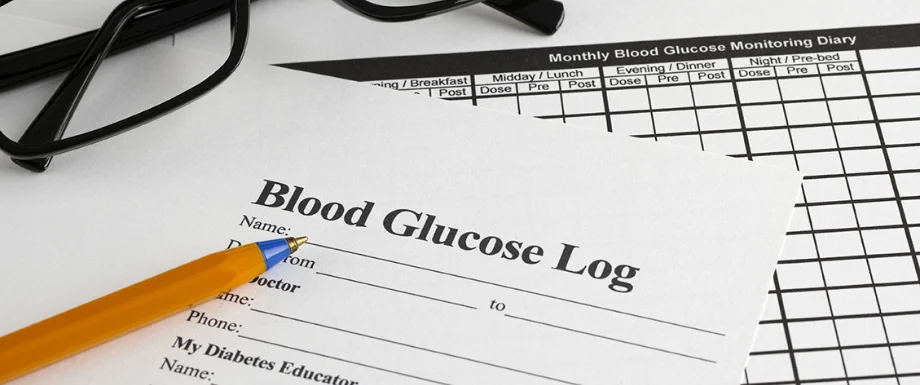Got diagnosed with Diabetes recently? Have you consulted a diabetes educator yet? We know that adjusting to a new lifestyle including medication, diet, and exercise regimen can take some time. But, the crux of the treatment is maintaining blood glucose levels. And, it’s time you know how to use a blood glucose monitor.
Get diabetes risk calculator here
The Turmoil of the Newly Recently Diagnosed
Those who have been recently diagnosed with diabetes generally go through three phases. First, they deny. Then, they have a mixed bag of emotions including anger, fear, and depression. Finally, the harsh reality that diabetes needs constant management and monitoring dawns upon them.
As a diabetic, it is very important for you to understand that diabetes is manageable and you can lead a normal life provided you take good care of it. And yes, your care goes beyond medications.
Frequently asked questions about diabetes
Little known facts about diabetes:
|
The road ahead…
It is a reality that many patients do not have awareness regarding diabetes and its complications. It is certainly worthwhile to speak to a diabetes educator. With proper awareness, you can manage your diabetes better.
Apart from lifestyle modifications, dietary changes, and exercise, the most important aspect of diabetes care and management is monitoring. Remember, the efficacy of your treatment can only be determined by monitoring.
Monitoring with Blood Glucose Monitor
This might mean taking blood glucose measurements even at home with the help of a glucose meter. But, before you go shopping for a blood glucose monitor, here are a few facts you need to know.
Advantages of using a blood sugar monitor:
-
- Better understanding of the effect of diet, exercise, and medications on blood sugar levels. This leads to better management.
-
- Blood sugars can be monitored anytime.
-
- You know when your blood sugars are low or high with a higher degree of accuracy.
- Glucose meters are reliable and have a high degree of efficiency. The values of a blood glucose monitor and lab values vary (to a very small extent) as glucose meters use whole blood and lab tests are done with plasma blood.
Caution: Blood glucose monitors and glucose meters should never be shared as it can increase the risk of HIV, and Hepatitis.
How to use a blood glucose monitor
-
- Use the settings to set date and time.
-
- Before using the glucose meter, wash your hands and dry them.
-
- Use only the fingertips for pricking as it gives the accurate levels of the current blood glucose levels.
-
- Do not squeeze the finger for enough blood to pour in. This can alter the result of the test.
-
- Do not use outdated strips.
- Store the glucose meter in an insulated container without exposure to humidity, heat, and cold.
While using a blood sugar monitor, it is essential to make a record of your readings. With this your doctor can track and tweak the medication accordingly. Share the readings with your diabetes educator in order to get dietary and lifestyle modifications.
